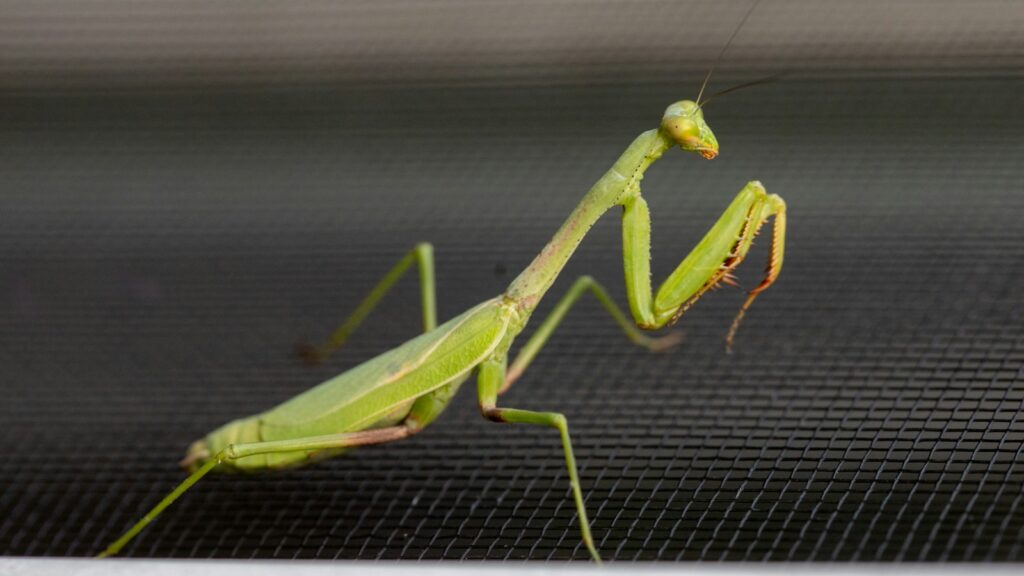Praying mantises stand among nature’s most fascinating predators, capturing our imagination with their alien-like appearance and remarkable hunting abilities. These skilled hunters, with their triangular heads and folded forelimbs that give them their “praying” posture, make surprisingly engaging and low-maintenance pets. Whether you’ve found one in your garden or purchased one from a specialty supplier, caring for a praying mantis offers a unique opportunity to witness predatory behaviors up close while maintaining a relatively simple habitat. This guide will walk you through everything you need to know about keeping these elegant predators healthy and thriving in captivity, from creating the perfect enclosure to understanding their fascinating life cycle and hunting techniques.
Understanding Praying Mantis Species

With over 2,000 species worldwide, praying mantises come in an astonishing variety of shapes, sizes, and colors. Common pet species include the Chinese Mantis (Tenodera sinensis), Carolina Mantis (Stagmomantis carolina), and the spectacular Orchid Mantis (Hymenopus coronatus), which mimics flower petals. Species selection matters significantly when planning your mantis habitat, as tropical species require different temperature and humidity levels than temperate ones. Some larger species like the Chinese Mantis can grow up to 4-5 inches long, while smaller species might only reach 1-2 inches at maturity. Understanding your specific mantis species will help you provide appropriate care tailored to its evolutionary adaptations and natural behaviors in the wild.
Setting Up the Perfect Enclosure
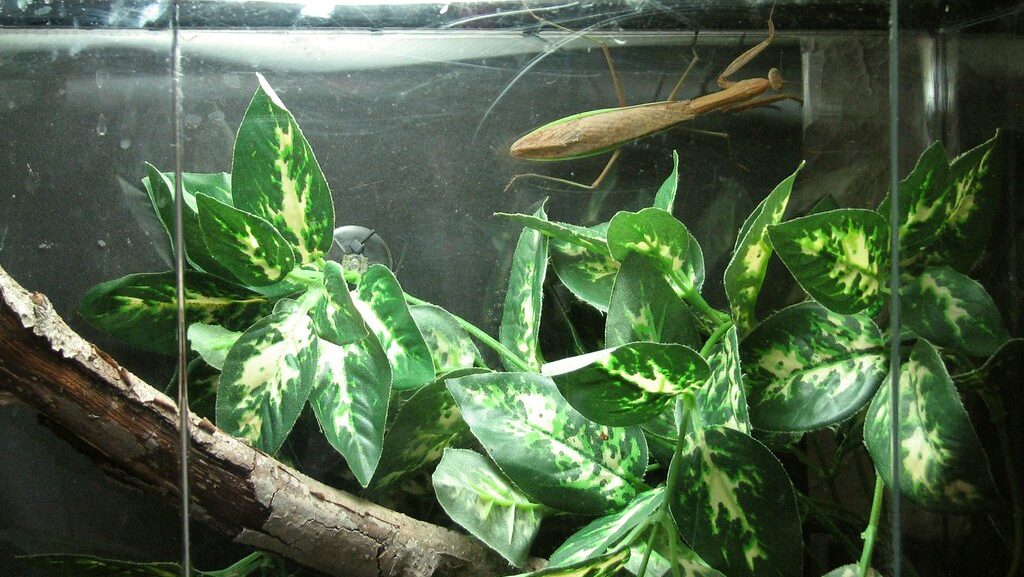
A proper enclosure forms the foundation of successful praying mantis care, with size being proportional to your mantis species. For most pet mantises, a container at least three times the mantis’s length in height and twice its length in width provides adequate space for movement and hunting. Glass or clear plastic containers work well, as they allow observation while maintaining humidity. The enclosure must include proper ventilation through mesh or air holes to prevent moisture buildup and mold growth. Adding vertical sticks, small branches, or mesh sides gives your mantis climbing opportunities that satisfy their natural tendency to perch above ground level. For larger species or those you intend to breed, consider terrariums or specially designed insect habitats that provide more space and environmental control.
Creating a Natural Substrate
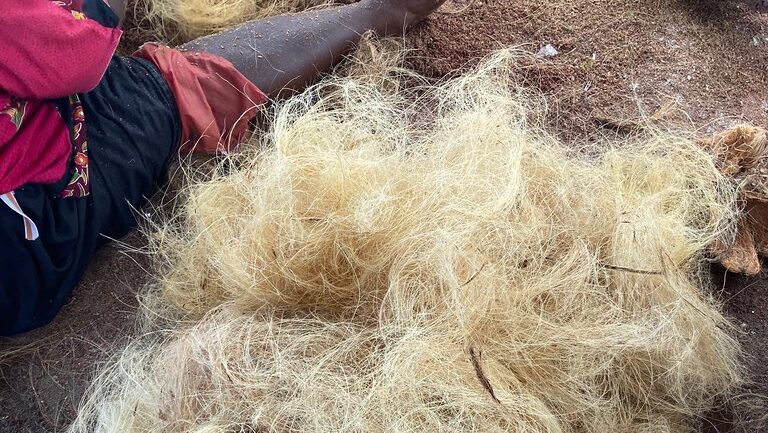
The bottom of your mantis enclosure should include a suitable substrate that helps maintain humidity and creates a more natural environment. Coconut fiber (coir), sphagnum moss, or clean potting soil without fertilizers or pesticides works effectively for most species. The substrate layer should be about 1-2 inches deep, providing enough depth to maintain moisture without becoming waterlogged. For desert species, you might use a drier substrate like clean sand mixed with coir. Substrate not only serves functional purposes but also allows for aesthetic personalization of your mantis habitat, making it more visually appealing while supporting your pet’s health. Remember to replace the substrate periodically (every few months) to prevent mold growth and maintain a clean environment.
Adding Appropriate Decorations
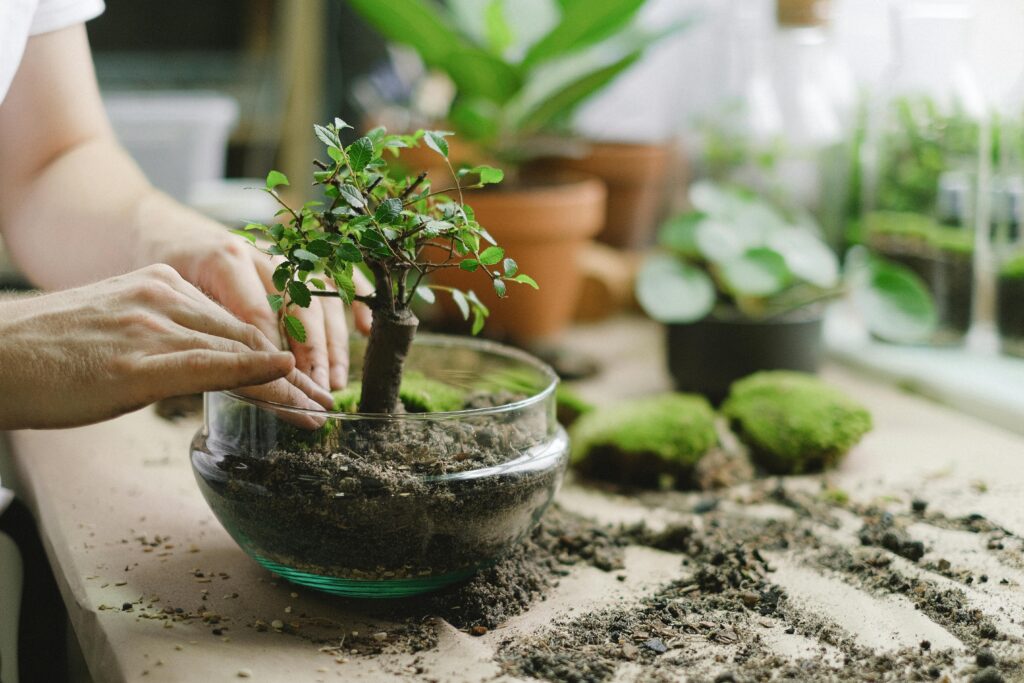
Beyond functional elements, decorating your mantis enclosure enhances both the aesthetic appeal and the well-being of your pet. Live or artificial plants provide perching spots and hiding places that help your mantis feel secure. Thin branches, twigs, or commercially available climbing structures allow for natural climbing behavior and molting positions. Some keepers incorporate small pieces of cork bark or natural wood to create additional texture and climbing opportunities. When selecting decorations, ensure all items are clean, free from pesticides, and arranged to leave plenty of open space for your mantis to hunt and move around freely. The decorations should mimic the mantis’s natural environment while remaining practical for maintenance and observation.
Maintaining Proper Temperature
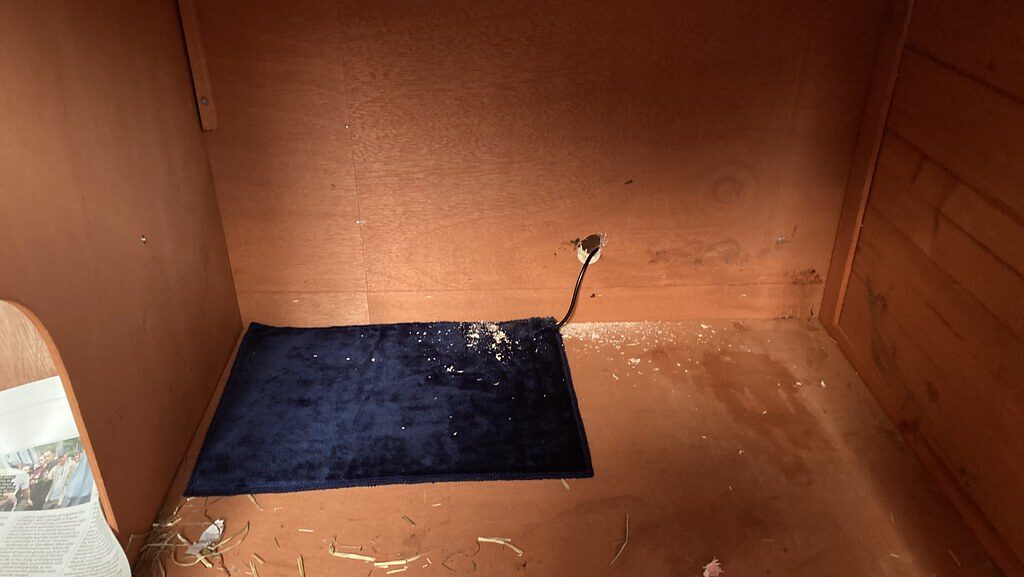
Temperature management is crucial for praying mantis health, with most species thriving in temperatures between 70-90°F (21-32°C). Tropical species generally prefer the higher end of this range, while temperate species can tolerate cooler temperatures. If your home doesn’t naturally maintain these temperatures, you may need to use a low-wattage heat mat beneath one side of the enclosure or a small heat lamp positioned safely above it. Creating a temperature gradient allows your mantis to thermoregulate by moving to warmer or cooler areas as needed. Avoid placing the enclosure in direct sunlight, near radiators, or in drafty areas where temperature can fluctuate dramatically. Using a digital thermometer helps monitor conditions accurately to ensure your mantis remains in its optimal temperature range.
Controlling Humidity Levels

Humidity requirements vary significantly between praying mantis species, making proper research into your specific mantis essential. Tropical species typically require humidity levels between 60-80%, while desert-adapted species may prefer drier conditions around 40-50%. To increase humidity, mist the enclosure walls and substrate lightly with dechlorinated water using a spray bottle every 1-2 days. Avoid spraying the mantis directly, as this can stress them. For species requiring higher humidity, covering part of the ventilation temporarily after misting can help maintain moisture levels. A hygrometer allows for precise monitoring of humidity conditions, ensuring you’re providing the correct environmental moisture for your particular species. Balancing humidity with proper ventilation prevents problematic mold growth while keeping your mantis comfortable.
Feeding Your Hungry Predator
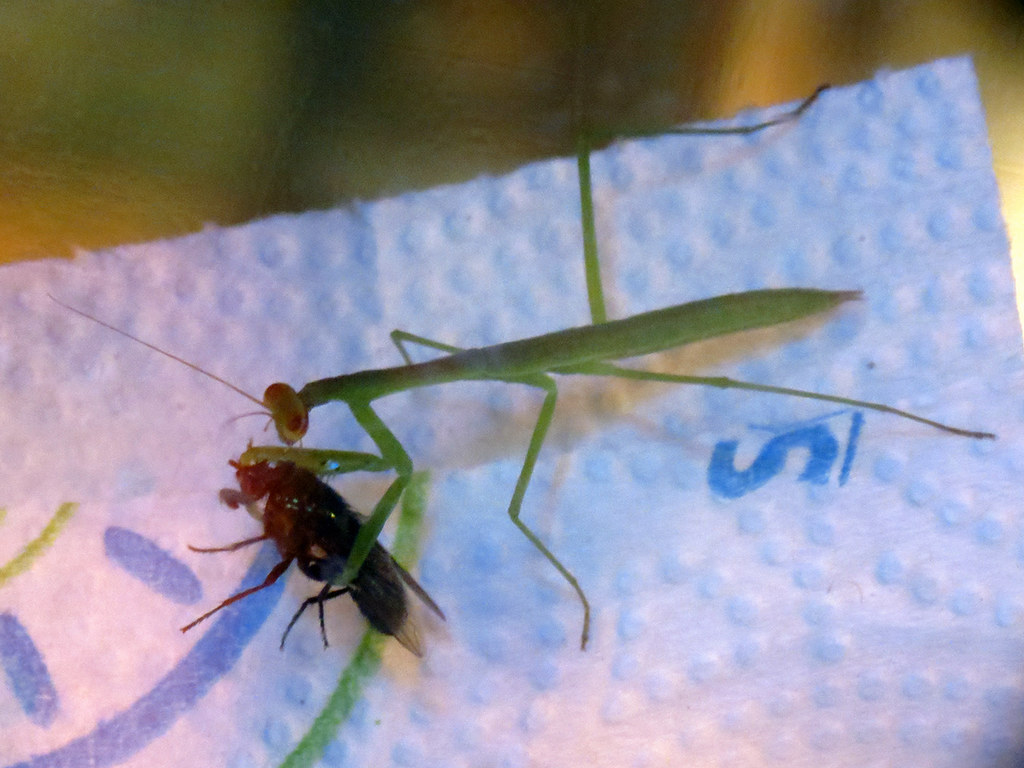
Praying mantises are exclusively carnivorous, requiring live prey to thrive in captivity. Appropriately sized food items include fruit flies for nymphs (baby mantises), and crickets, roaches, or flies for larger juveniles and adults. The prey should generally be no larger than the space between your mantis’s forelegs to prevent feeding difficulties or potential injury. Feed adult mantises every 1-3 days, while growing nymphs may need daily feeding to support their development. Many experienced keepers “gut-load” feeder insects by feeding them nutritious foods like fruits and vegetables 24 hours before offering them to the mantis, enhancing their nutritional value. Always remove uneaten prey after 24 hours to prevent stress to your mantis and maintain cleanliness in the enclosure.
Providing Water Sources
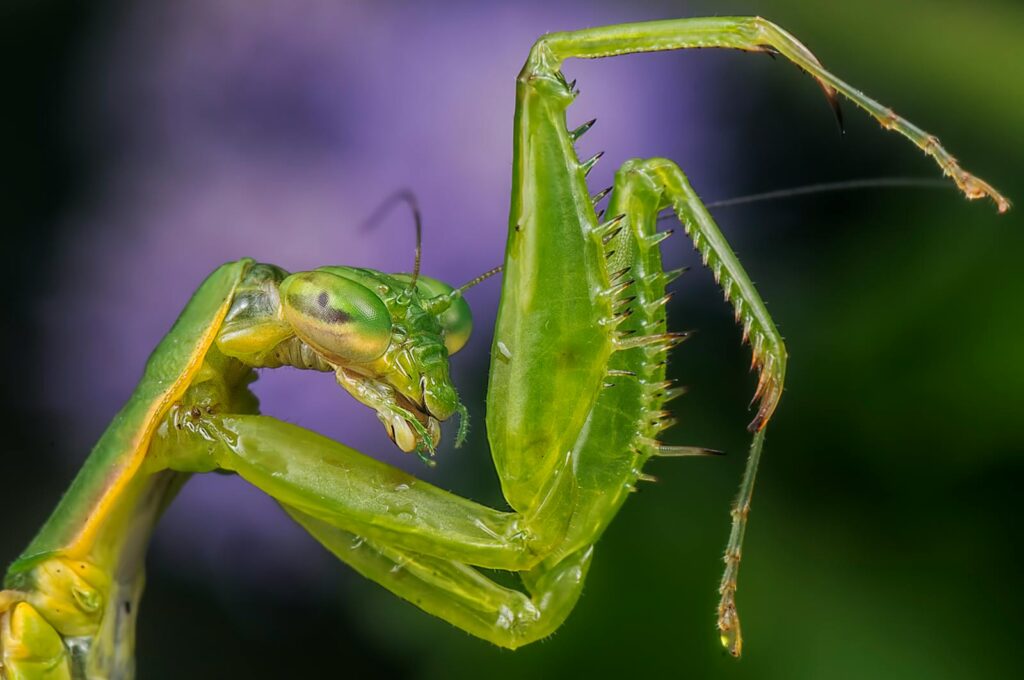
Although praying mantises obtain most of their moisture from their prey, providing additional water sources supports proper hydration. Most mantis keepers mist the sides of the enclosure or decorations lightly, allowing the mantis to drink water droplets that form on surfaces. Avoid using open water dishes, as mantises can drown even in shallow water. For species from more arid environments, less frequent misting (perhaps 2-3 times weekly) usually suffices. During molting periods, slightly increasing humidity through careful misting can help facilitate the shedding process, making it easier for your mantis to emerge from its old exoskeleton. Always use dechlorinated water for misting, as tap water chemicals can potentially harm your sensitive invertebrate pet.
Understanding the Molting Process
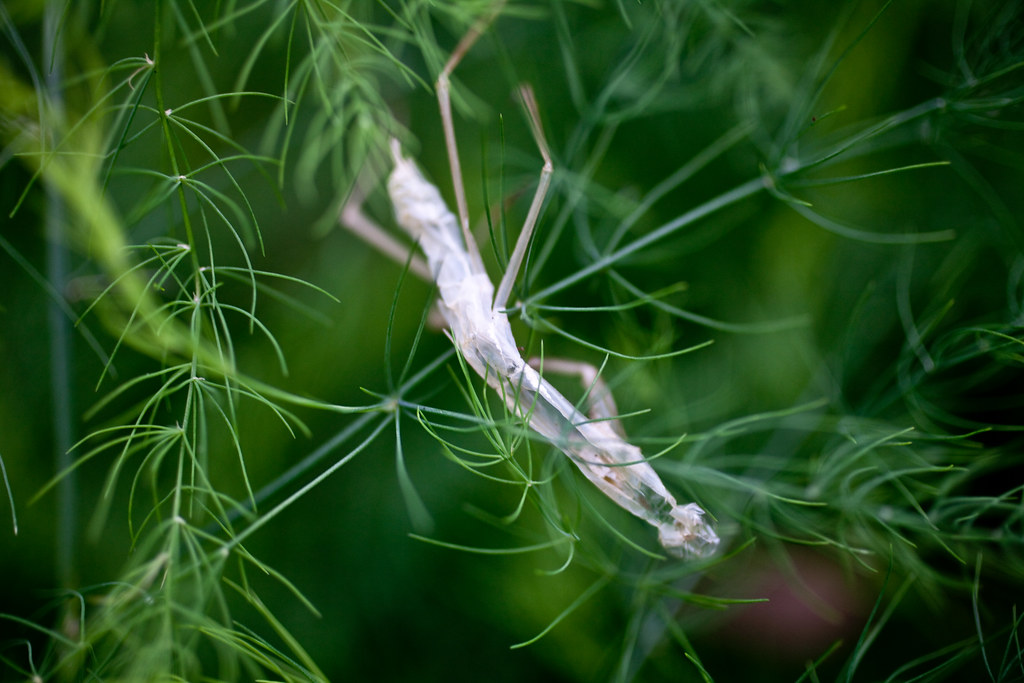
Molting represents one of the most vulnerable and fascinating aspects of mantis development, occurring multiple times throughout their life as they grow. Before molting, mantises typically stop eating for 1-2 days and may appear lethargic or change color slightly. During the actual molt, the mantis hangs upside down, splits its old exoskeleton along the back, and slowly works its way out—a process that can take several hours. Never disturb a molting mantis, as interruptions can cause deformities or death. After molting, the new exoskeleton remains soft and pale for 24-48 hours while it hardens, during which time the mantis is particularly vulnerable to injury. Providing adequate climbing surfaces and maintaining proper humidity levels significantly supports successful molting events throughout your mantis’s development.
Recognizing Health Issues
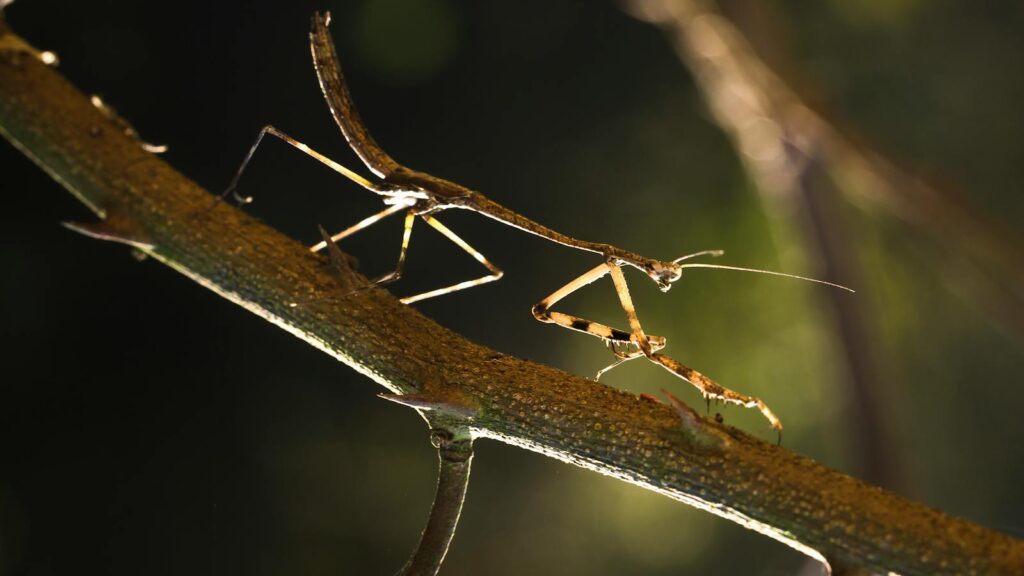
A healthy praying mantis displays alert behavior, regular eating habits, and successful molting cycles. Common health issues include difficulty molting (often from improper humidity), injuries from falls or prey items, and bacterial or fungal infections that may appear as discolored patches on the exoskeleton. Mantises may also suffer from dehydration, indicated by a shriveled appearance, or nutritional deficiencies from inadequate prey variety. If your mantis stops eating for extended periods (outside of pre-molting fasts), shows unusual lethargy, or develops physical abnormalities, review your husbandry practices immediately. Unfortunately, there are few veterinary treatments available for mantises, making prevention through proper care the most effective approach to maintaining health. Regular observation allows for early detection of potential problems before they become severe.
Handling Your Mantis
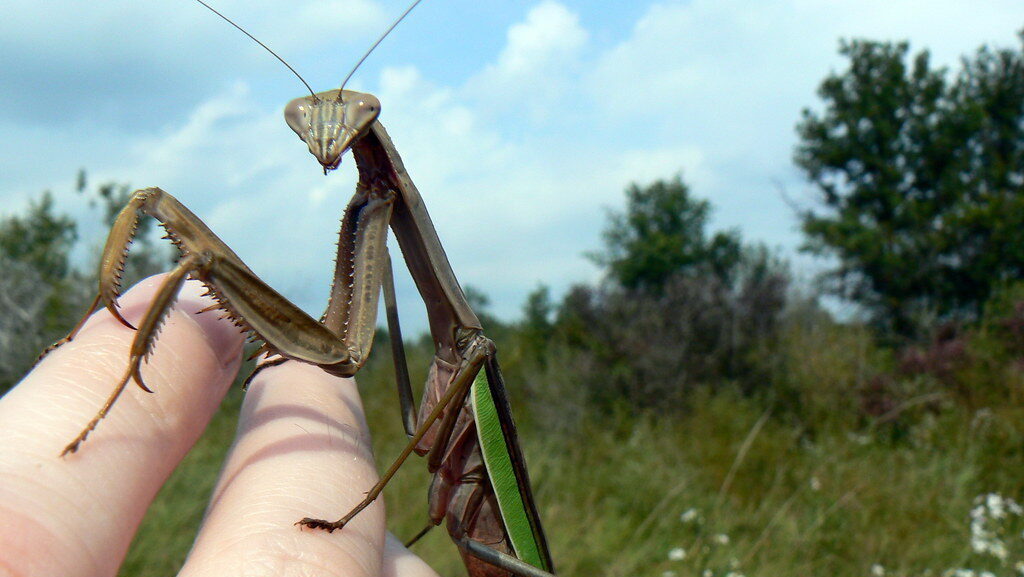
While praying mantises can tolerate occasional gentle handling, it should be minimized to reduce stress and prevent accidental injury. When necessary to move your mantis, allow it to walk onto your hand rather than grabbing it, which could damage its delicate legs or body. Always keep your hand close to a surface in case the mantis jumps or falls, as higher falls can be fatal. Some species are more amenable to handling than others, with larger species like the Chinese mantis typically being more docile. Never handle a mantis that is preparing to molt or has recently molted, as its exoskeleton will be extremely fragile during these periods. Washing your hands before and after handling protects both you and your mantis from potential contaminants or residues.
Breeding Considerations

Breeding praying mantises requires careful planning and awareness of their unique reproductive behaviors. Females of many species are notorious for practicing sexual cannibalism, often consuming the male during or after mating. To reduce this risk, feed the female generously before introducing the male, and have a plan to separate them quickly if necessary. Males can be identified by their smaller size, more slender abdomen, and additional abdominal segments compared to females. After successful mating, females produce distinctive egg cases called oothecae, which contain dozens or even hundreds of eggs depending on the species. These oothecae require specific humidity and temperature conditions for successful development, typically hatching after 3-8 weeks under proper conditions. Many keepers choose to separate oothecae into individual containers before hatching to prevent the massive number of nymphs from overwhelming the original enclosure.
The Mantis Life Cycle
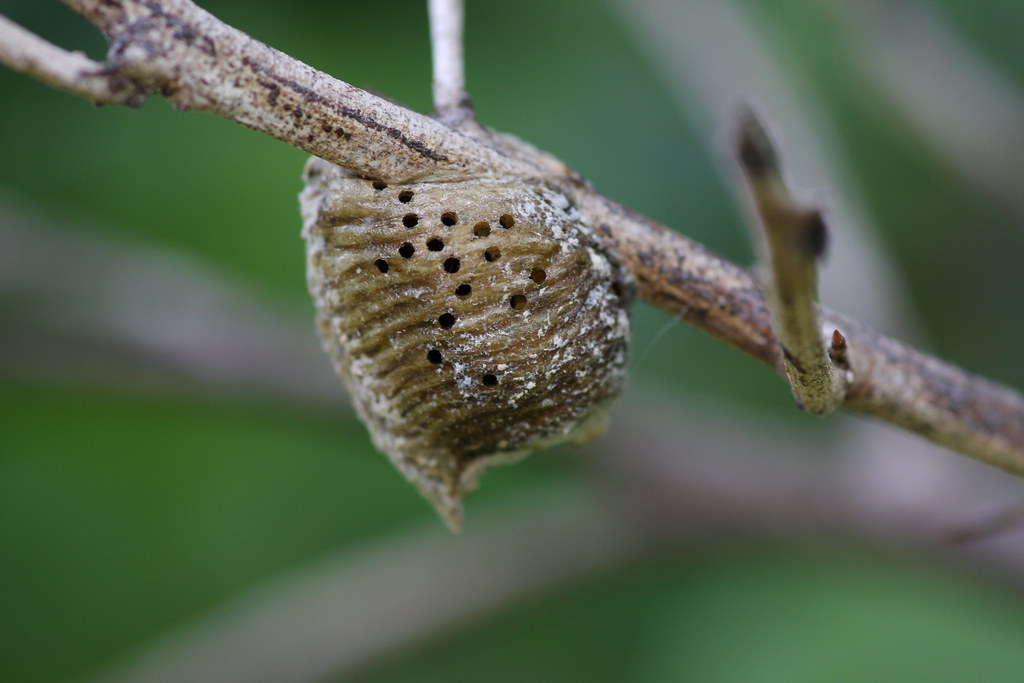
Understanding the praying mantis life cycle helps you provide age-appropriate care throughout your pet’s development. After hatching from the ootheca, tiny nymphs emerge resembling miniature adults but lacking wings and sexual maturity. These nymphs undergo a series of molts—typically between 5-8 depending on the species—before reaching adulthood. The period between hatching and adulthood usually spans 4-8 months, with development speed influenced by temperature, feeding frequency, and species characteristics. Once they reach adulthood and develop full wings, mantises generally live an additional 4-8 months, with females typically living longer than males. The entire lifespan from hatch to death usually ranges from 10-14 months, making the praying mantis a relatively short-term but fascinating pet commitment compared to many other animals.
Ethical Considerations
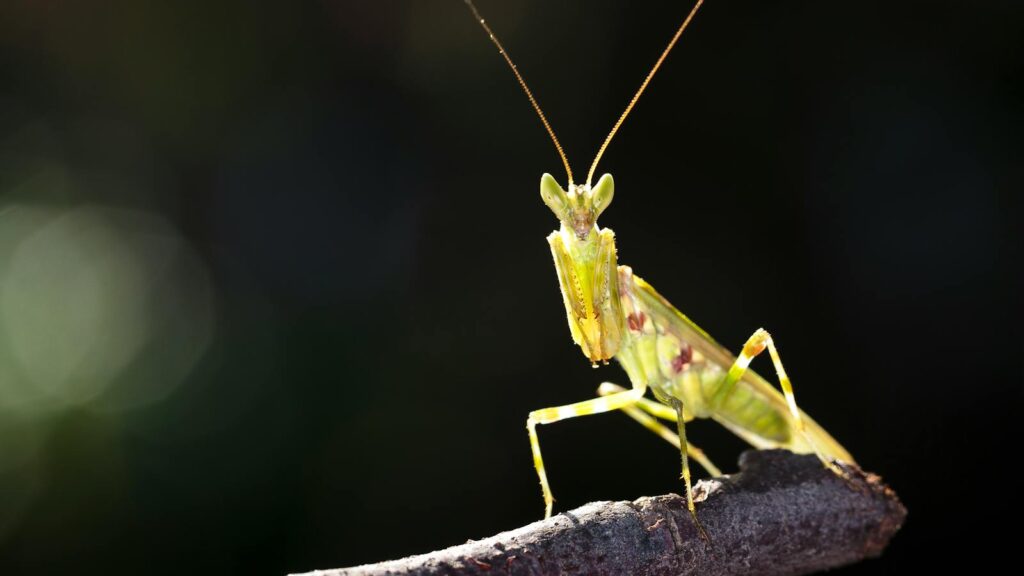
Keeping praying mantises raises several ethical considerations worth reflecting upon before starting your mantis-keeping journey. When collecting mantises from the wild, be aware of local regulations; in some areas, native mantises are protected or require permits for collection. Consider the ecological impact of releasing non-native mantises, which should never be done as they can disrupt local ecosystems. The feeding of vertebrate prey (such as small lizards or mice) to larger mantis species raises animal welfare concerns and is generally unnecessary when adequate invertebrate prey is available. Additionally, the practice of keeping multiple mantises together (except during carefully monitored breeding) typically results in cannibalism and should be avoided. Ethical mantis keeping focuses on providing the best possible care while respecting both the natural behaviors of these fascinating predators and the wider ecological context.
Appreciating Mantis Behaviors

Beyond basic care, taking time to observe and understand mantis behaviors enriches the keeping experience significantly. Watch how your mantis stalks prey with nearly imperceptible movements, rotating its head up to 180 degrees to track movement with its large compound eyes. Notice the cleaning behaviors as it meticulously grooms its forelegs and antennae after feeding, using its mouth parts with surprising dexterity. Many species display fascinating defensive postures when threatened, spreading their forelegs and sometimes wings to appear larger, or swaying like vegetation in the wind to blend with their surroundings. Some mantises even demonstrate a rudimentary form of recognition, becoming less defensive with their keepers over time. These complex behaviors give us glimpses into the sophisticated neurology of these remarkable invertebrates, making them not just pets but subjects of ongoing fascination and learning.
Conclusion
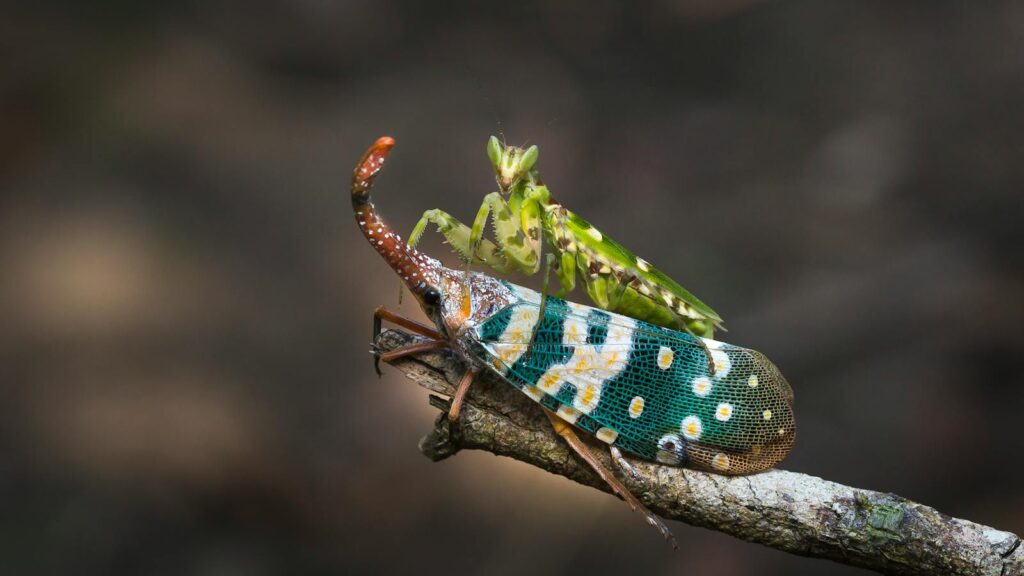
Caring for a praying mantis offers a window into one of nature’s most perfectly evolved predators, combining the responsibility of pet ownership with the fascination of a living science experiment. Though their lifespan is relatively brief, the opportunity to witness their remarkable hunting techniques, successful molts, and perhaps even reproduction provides invaluable insights into invertebrate biology. With proper care—including appropriate housing, temperature, humidity, and diet—these extraordinary insects thrive in captivity, rewarding their keepers with displays of behaviors rarely witnessed in the wild. Whether you’re an experienced invertebrate enthusiast or a curious beginner, the praying mantis offers an accessible and endlessly fascinating introduction to the world of arthropod husbandry, where the predatory drama of the natural world unfolds within the confines of a desktop terrarium.

